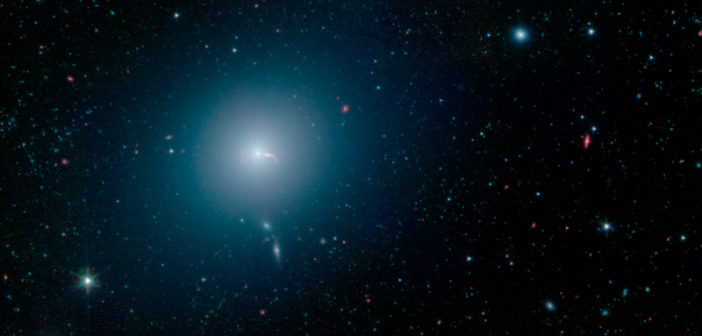Editor’s note: In these last two weeks of 2021, we’ll be looking at a few selections that we haven’t yet discussed on AAS Nova from among the most-downloaded papers published in AAS journals this year. The usual posting schedule will resume in January.
Polarimetric Properties of Event Horizon Telescope Targets from ALMA
Published March 2021
Main takeaway:
A team led by Ciriaco Goddi (Radboud University and Leiden Observatory–Allegro, the Netherlands) used the Atacama Large Millimeter/submillimeter Array (ALMA) to measure the polarization — how orderly or randomly the electric and magnetic fields of light waves are oriented — of the two supermassive black holes targeted by the Event Horizon Telescope as well as that of 12 active galactic nuclei. The team’s observations will help us calibrate, analyze, and interpret future very long-baseline interferometry (VLBI) data from the Event Horizon Telescope and the Global mm-VLBI Array.
Why it’s interesting:

This infographic details the locations of the participating telescopes of the Event Horizon Telescope (cyan) and the Global mm-VLBI Array (yellow). Click to enlarge. [ESO/O. Furtak]
What the survey showed:
Goddi and collaborators find that the radio emission from active galactic nuclei is strongly polarized, with the highest degree of polarization seen in blazars — active galactic nuclei emitting relativistic jets that are pointed directly at us. In the case of Event Horizon Telescope target Messier 87, the direction of polarization is highly variable on the timescale of a few days, which the team explains with a new model that combines an event-horizon-scale variable source with a larger static source. With more observatories being added to the Event Horizon Telescope, we should soon be able to study the magnetic field near Messier 87’s central black hole in even more detail!
Citation
Ciriaco Goddi et al 2021 ApJL 910 L14. doi:10.3847/2041-8213/abee6a

